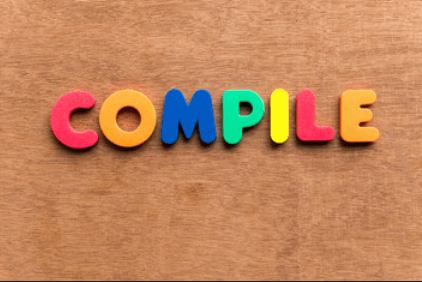Question
i. (101, 22) ii. (22, 101) iii. (145, 265) iv. (0, 153)
The ordered pairs of natural numbers are contained in P are ______ and ______
a.
(145, 265) and (0, 153)
b.
(22, 101) and (0, 153)
c.
(101, 22) and (145, 265)
d.
(101, 22) and (0, 153)
Posted under Discrete Mathematics
Engage with the Community - Add Your Comment
Confused About the Answer? Ask for Details Here.
Know the Explanation? Add it Here.
Q. A partial order P is defined on the set of natural numbers as follows. Here a/b denotes integer division. i)(0, 0) ∊ P. ii)(a, b) ∊ P if and only if a % 10 ≤ b % 10 and (a/10,...
Similar Questions
Discover Related MCQs
Q. The inclusion of ______ sets into R = {{1, 2}, {1, 2, 3}, {1, 3, 5}, {1, 2, 4}, {1, 2, 3, 4, 5}} is necessary and sufficient to make R a complete lattice under the partial order defined by set containment.
View solution
Q. Consider the ordering relation a | b ⊆ N x N over natural numbers N such that a | b if there exists c belong to N such that a*c=b. Then ___________
View solution
Q. Consider the set N* of finite sequences of natural numbers with a denoting that sequence a is a prefix of sequence b. Then, which of the following is true?
View solution
Q. A partial order ≤ is defined on the set S = {x, b₁, b₂, … bₙ, y} as x ≤ bᵢ for all i and bᵢ ≤ y for all i, where n ≥ 1. The number of total orders on the set S which contain the partial order ≤ is ______
View solution
Q. Let (A, ≤) be a partial order with two minimal elements a, b and a maximum element c. Let P:A –> {True, False} be a predicate defined on A. Suppose that P(a) = True, P(b) = False and P(a) ⇒ P(b) for all satisfying a ≤ b, where ⇒ stands for logical implication. Which of the following statements cannot be true?
View solution
Q. Suppose a relation R = {(3, 3), (5, 5), (5, 3), (5, 5), (6, 6)} on S = {3, 5, 6}. Here R is known as _________
View solution
Q. Consider the congruence 45≡3(mod 7). Find the set of equivalence class representatives.
View solution
Q. Which of the following relations is the reflexive relation over the set {1, 2, 3, 4}?
View solution
Q. Determine the partitions of the set {3, 4, 5, 6, 7} from the following subsets.
View solution
Q. Determine the number of equivalence classes that can be described by the set {2, 4, 5}.
View solution
Q. Determine the number of possible relations in an antisymmetric set with 19 elements.
View solution
Q. For a, b ∈ Z define a | b to mean that a divides b is a relation which does not satisfy ___________
View solution
Q. Which of the following is an equivalence relation on R, for a, b ∈ Z?
View solution
Q. Determine the set of all integers a such that a ≡ 3 (mod 7) such that −21 ≤ x ≤ 21.
View solution
Q. For a, b ∈ R define a = b to mean that |x| = |y|. If [x] is an equivalence relation in R. Find the equivalence relation for [17].
View solution
Suggested Topics
Are you eager to expand your knowledge beyond Discrete Mathematics? We've curated a selection of related categories that you might find intriguing.
Click on the categories below to discover a wealth of MCQs and enrich your understanding of Computer Science. Happy exploring!








